The American car market boasts a vast selection of reliable and high-quality vehicles from all over the world, as well as U.S. brands like Chevrolet, Ford, Jeep, Dodge, and Chrysler. While foreign cars can be fantastic, there are a few specific models we don’t recommend. Here are 20 vehicles from other countries that you should approach with caution as an American buyer.
Renault Twingo
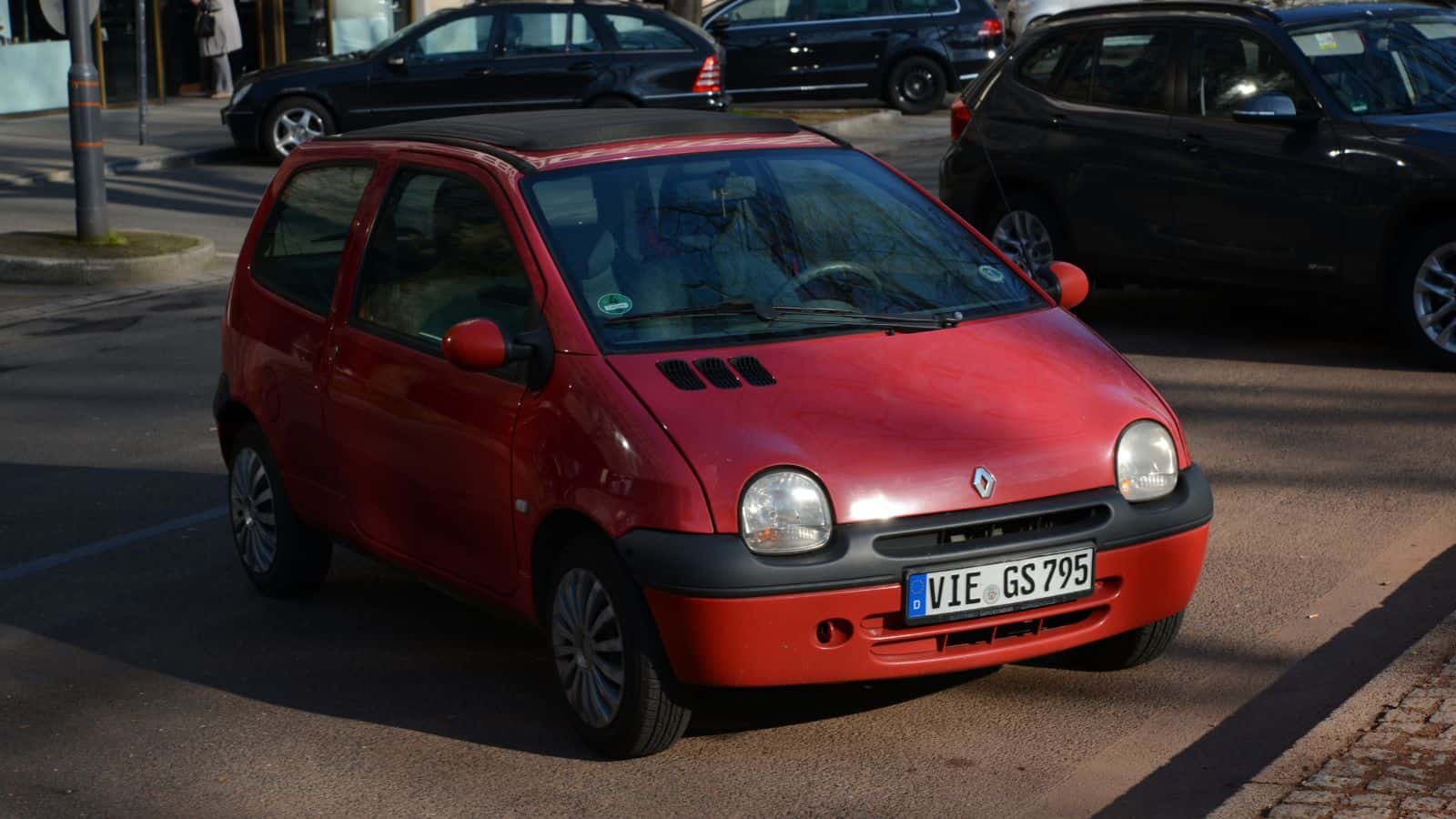
This quirky French city car looks a bit like an Italian Fiat 500, but be warned—it’s not as charming and cute as it looks! Most Americans are used to more spacious and powerful vehicles, so they may find the Twingo’s diminutive size disappointing and impractical. Plus, it lacks safety features like blind-spot monitoring and can be expensive to repair due to rare parts.
Suzuki Jimny
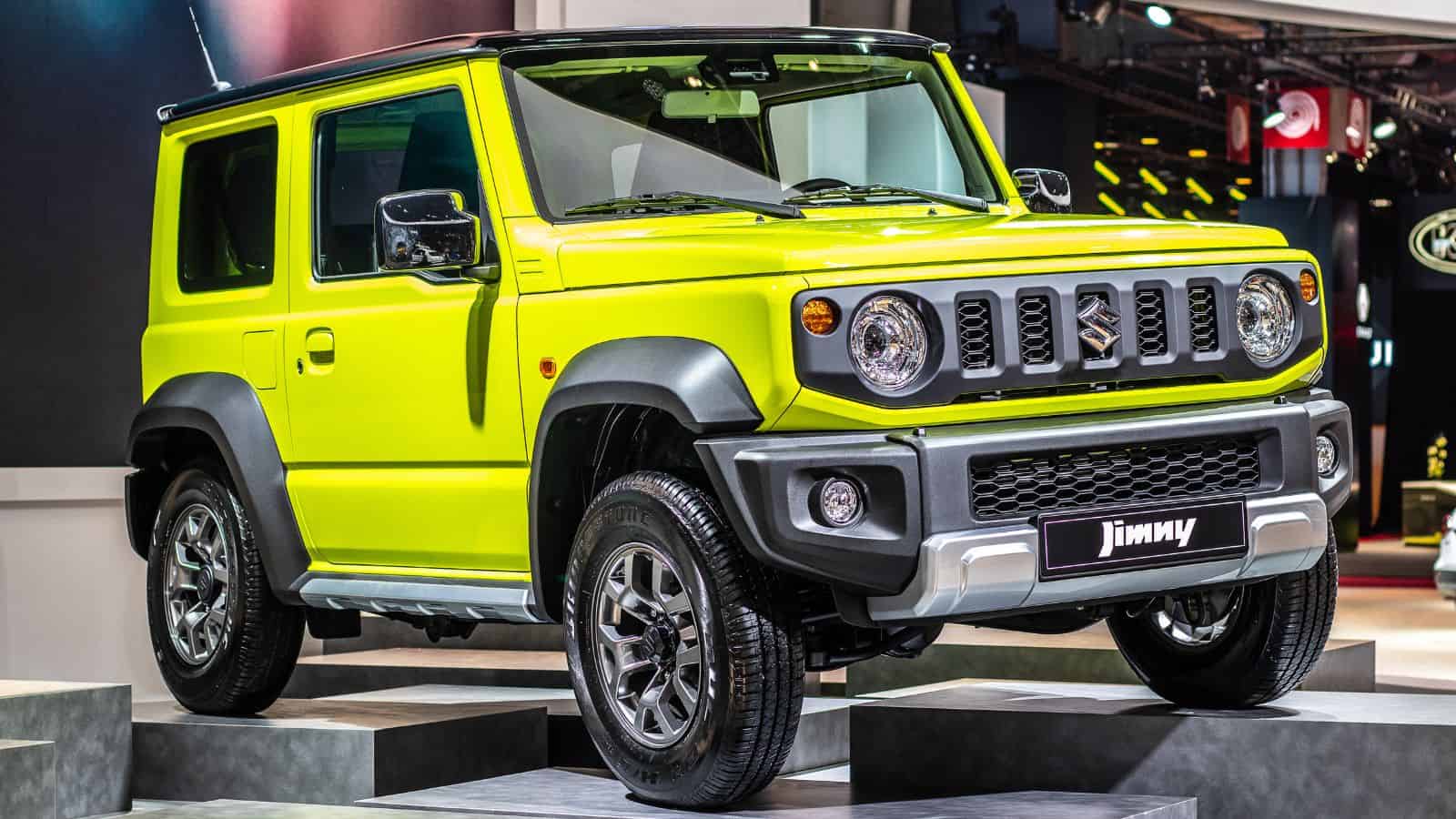
Suzuki Global states that the Japanese manufacturer has been making this model since 1993. The latest version is a compact, competent off-roader with a boxy design. Although it may be capable of handling rugged terrain, its square shape translates to poor highway fuel efficiency and a noisy cabin at speed. It is also cramped inside and has a minimal safety kit as standard.
Fiat 500L
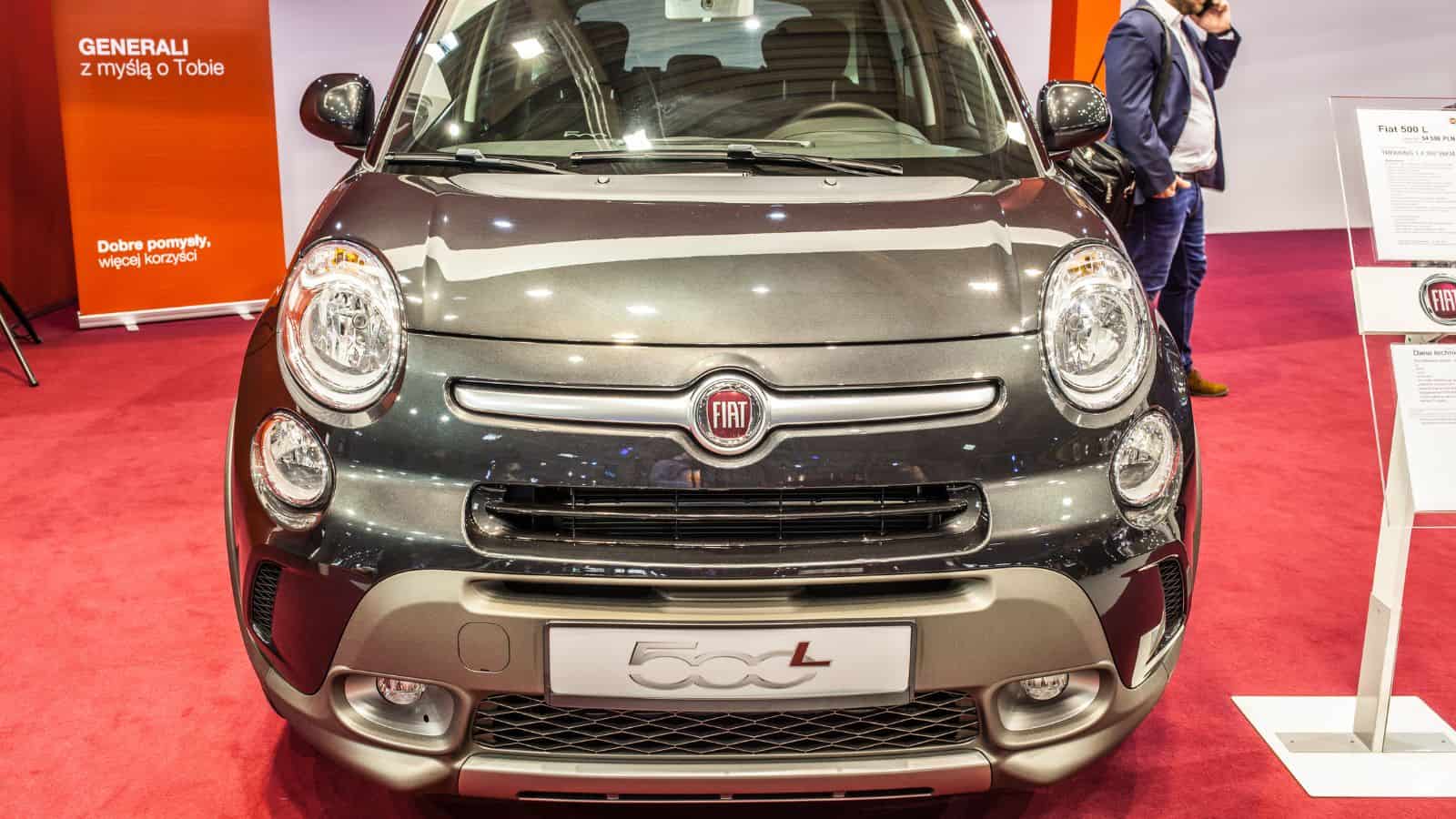
This car is based on the ever-popular standard Fiat 500 (a small city car with good handling). Yet, the larger 500L version does not have the same ride quality. Owners often end up switching for something more dynamic, like a Japanese-made Honda HR-V. Moreover, Fiat’s reliability ratings are historically poor, potentially leading to costly repairs down the line.
Citroen C4 Cactus
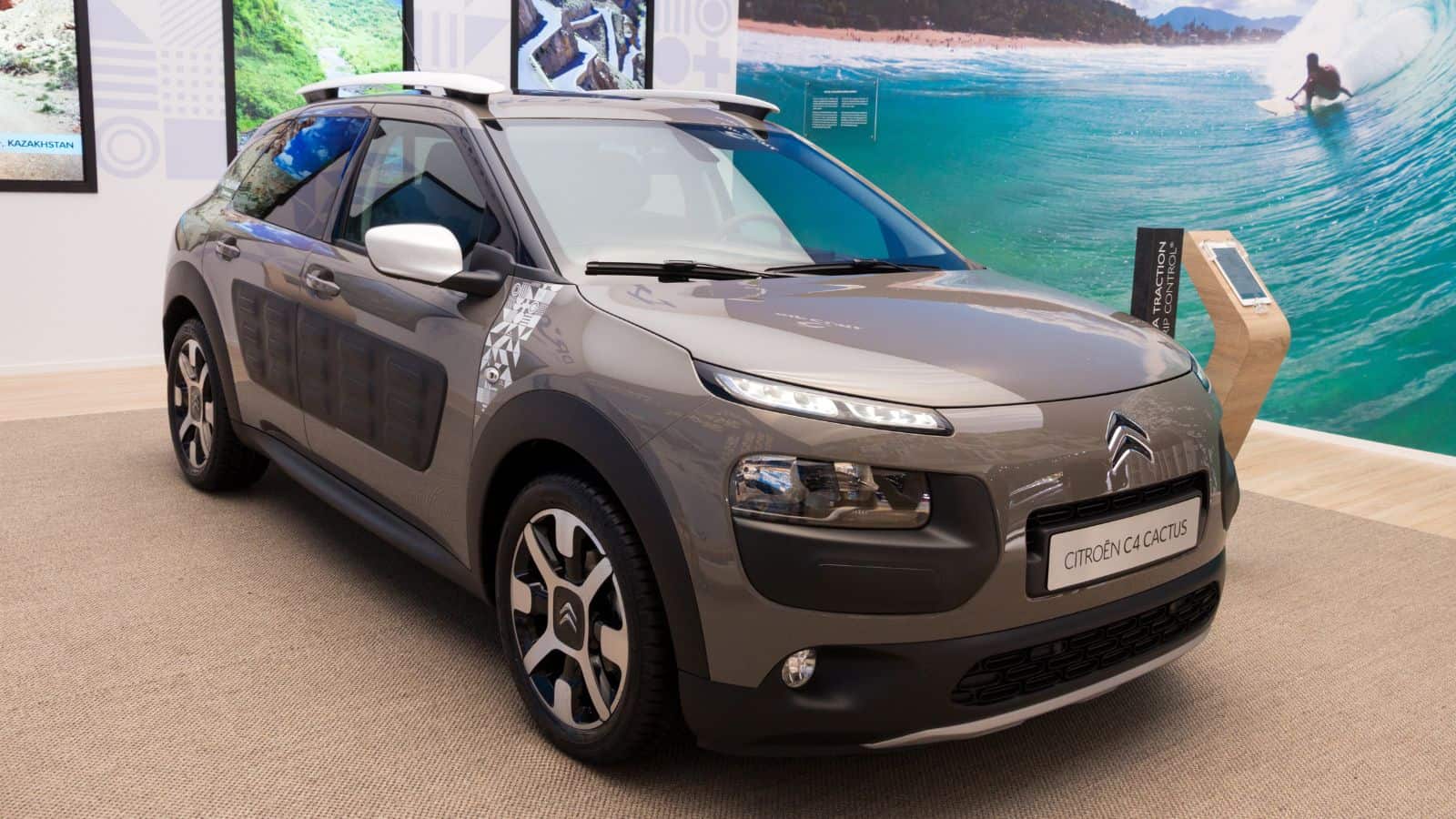
This unconventional hatchback is made in France and is surprisingly popular with European families thanks to its unique design and comfortable interior. However, the instrument cluster layout is so confusing and overdesigned that many American drivers find it distracting. Plus, the materials used are less hard-wearing than those in most cars, so it doesn’t hold up to daily wear and tear.
SsangYong Tivoli
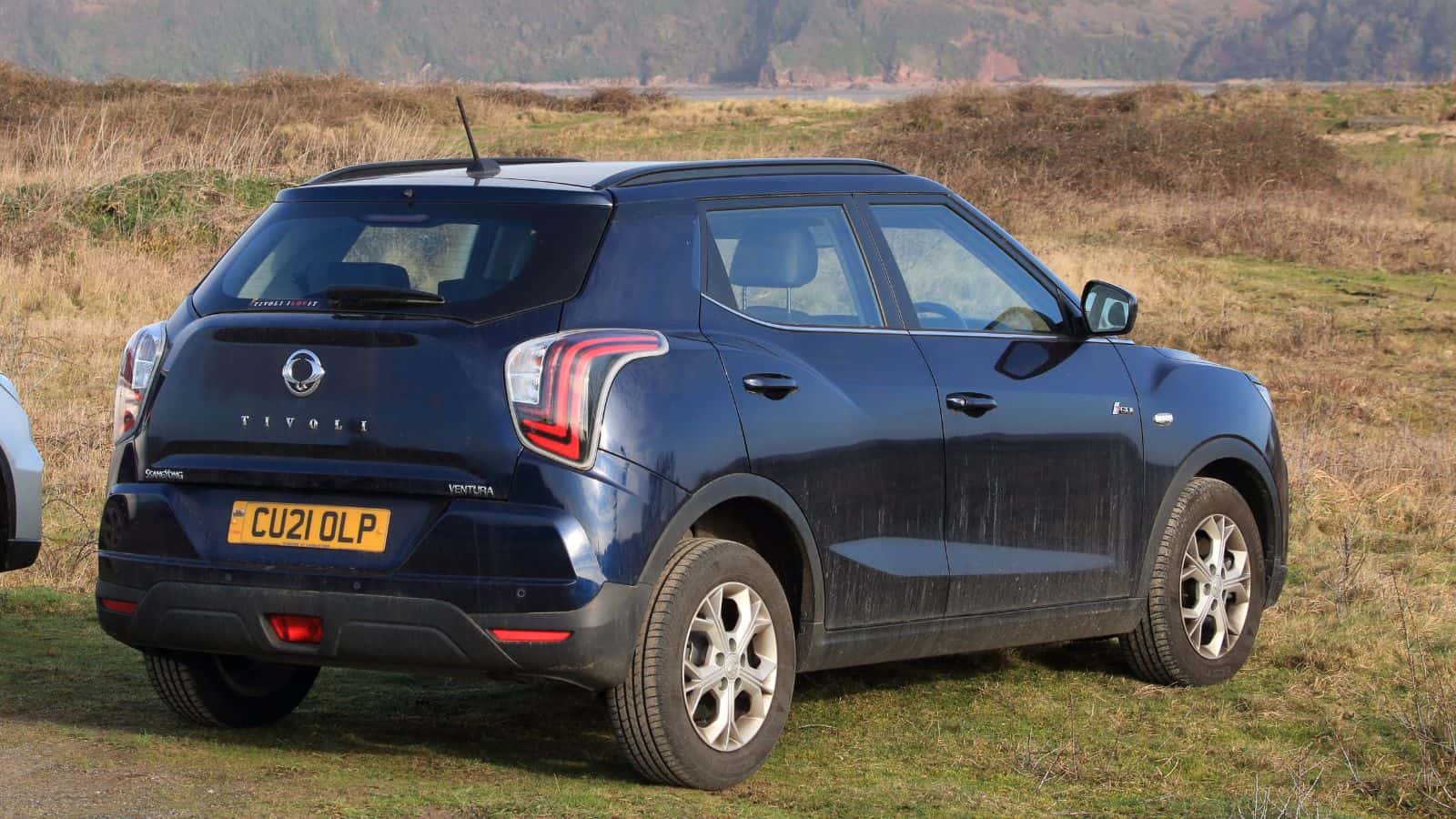
Like rival KIA, SsangYong is a South Korean manufacturer that offers excellent value, and the Tivoli is its signature compact SUV. Although the vehicle packs a decent amount of features for the money, the driving experience is disappointing, and the interior quality is substandard. Selling the car later on will also be tricky, as the brand has yet to gain recognition in the U.S.
Mitsubishi Pajero
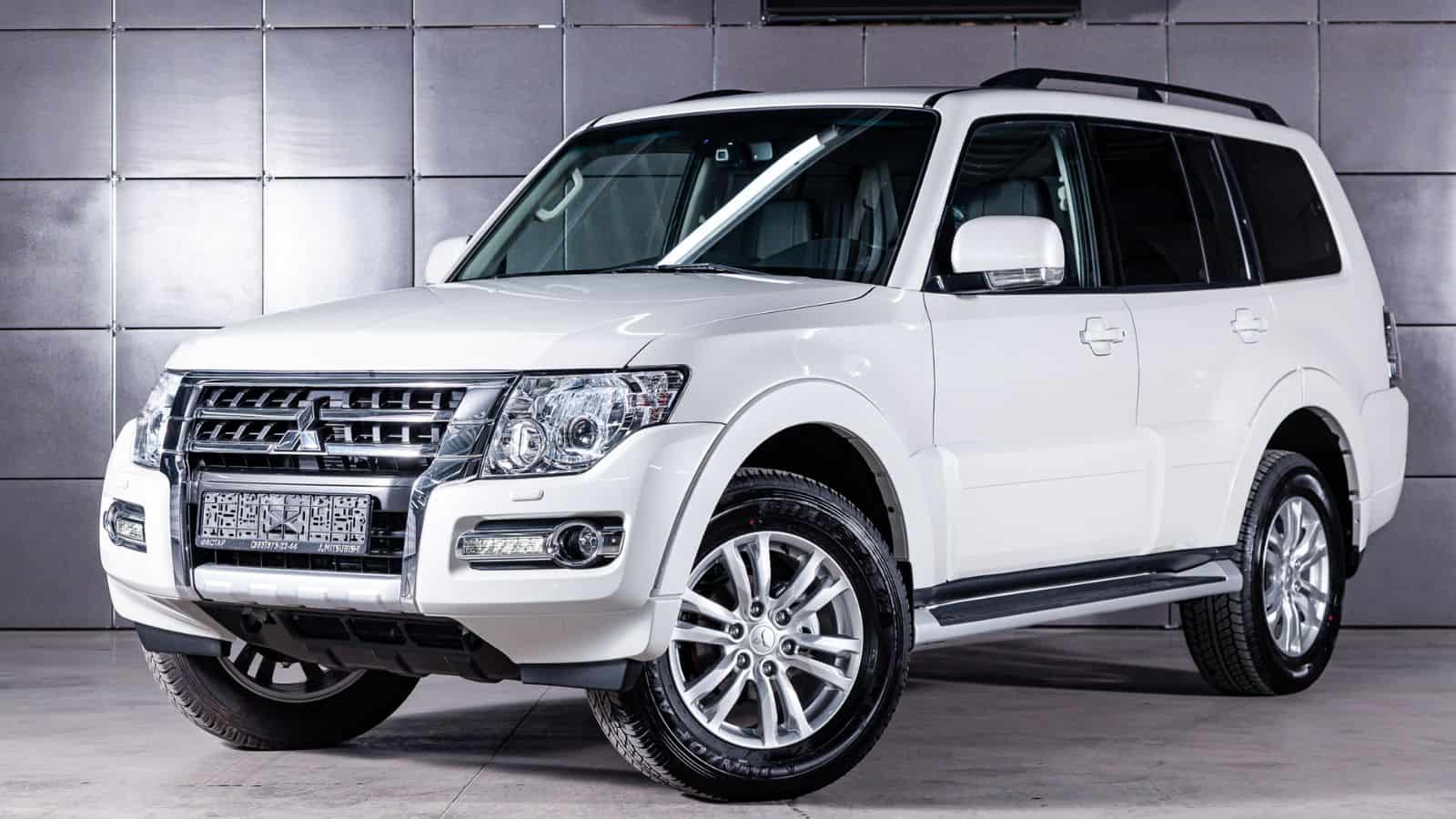
According to Be Forward, Mitsubishi has been making this large, reliable SUV since 1982, and it’s enduringly popular in its native Japan. However, its technology and interior haven’t been effectively updated, and it seems old-fashioned. Plus, the range of engines on offer tends to be huge and uneconomical, making it a poor choice for American families seeking an affordable option.
Tata Nexon
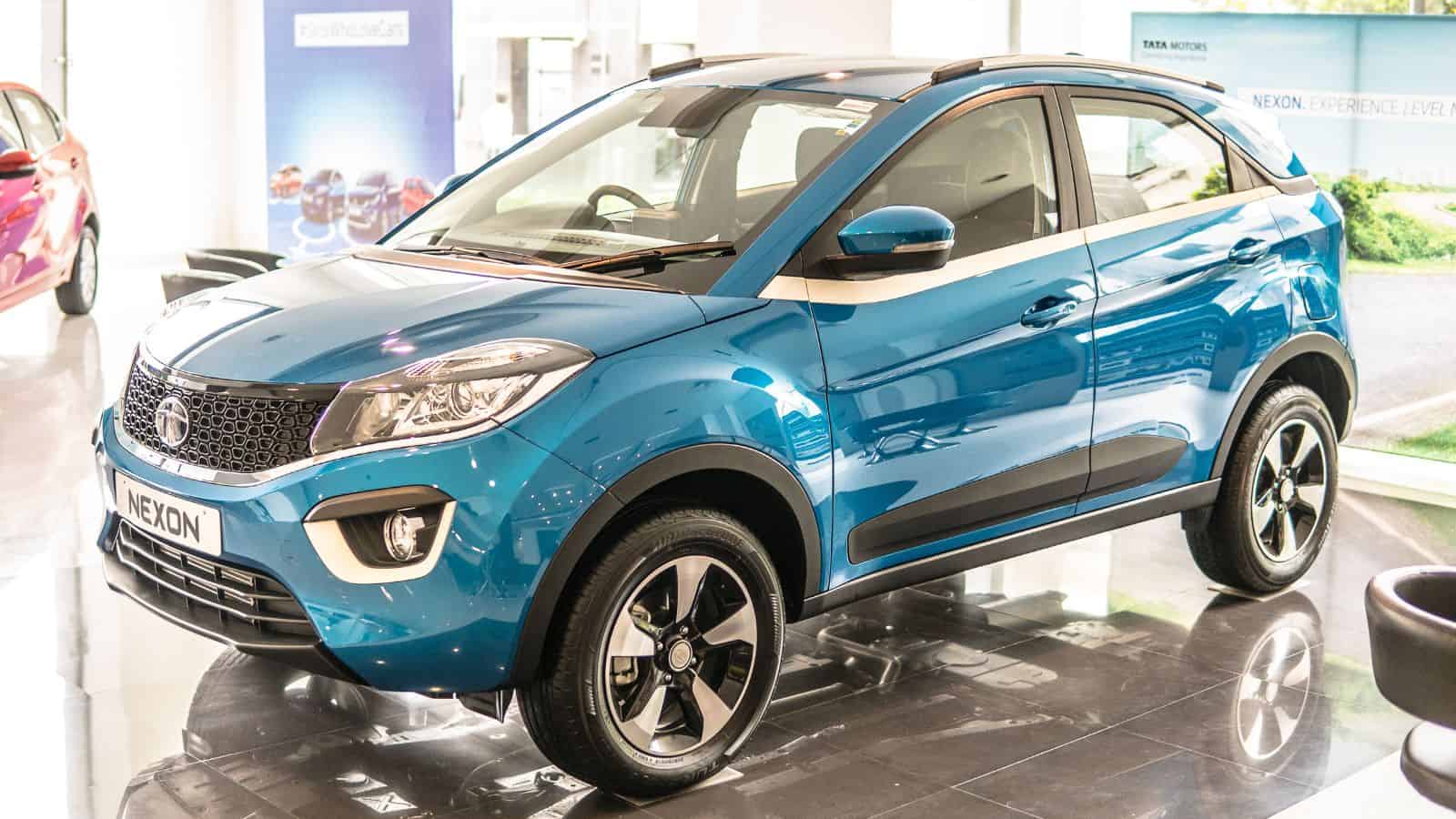
The latest version of the Indian manufacturer’s cheap, subcompact SUV looks modern, slick, and exciting at first glance, but they have cut corners on safety and quality. The Nexon received low ratings from Global NCAP crash testing, especially compared to more well-known SUVs. Additionally, Tata Motors’ limited presence in the U.S. makes repairs and parts expensive.
Vauxhall Insignia
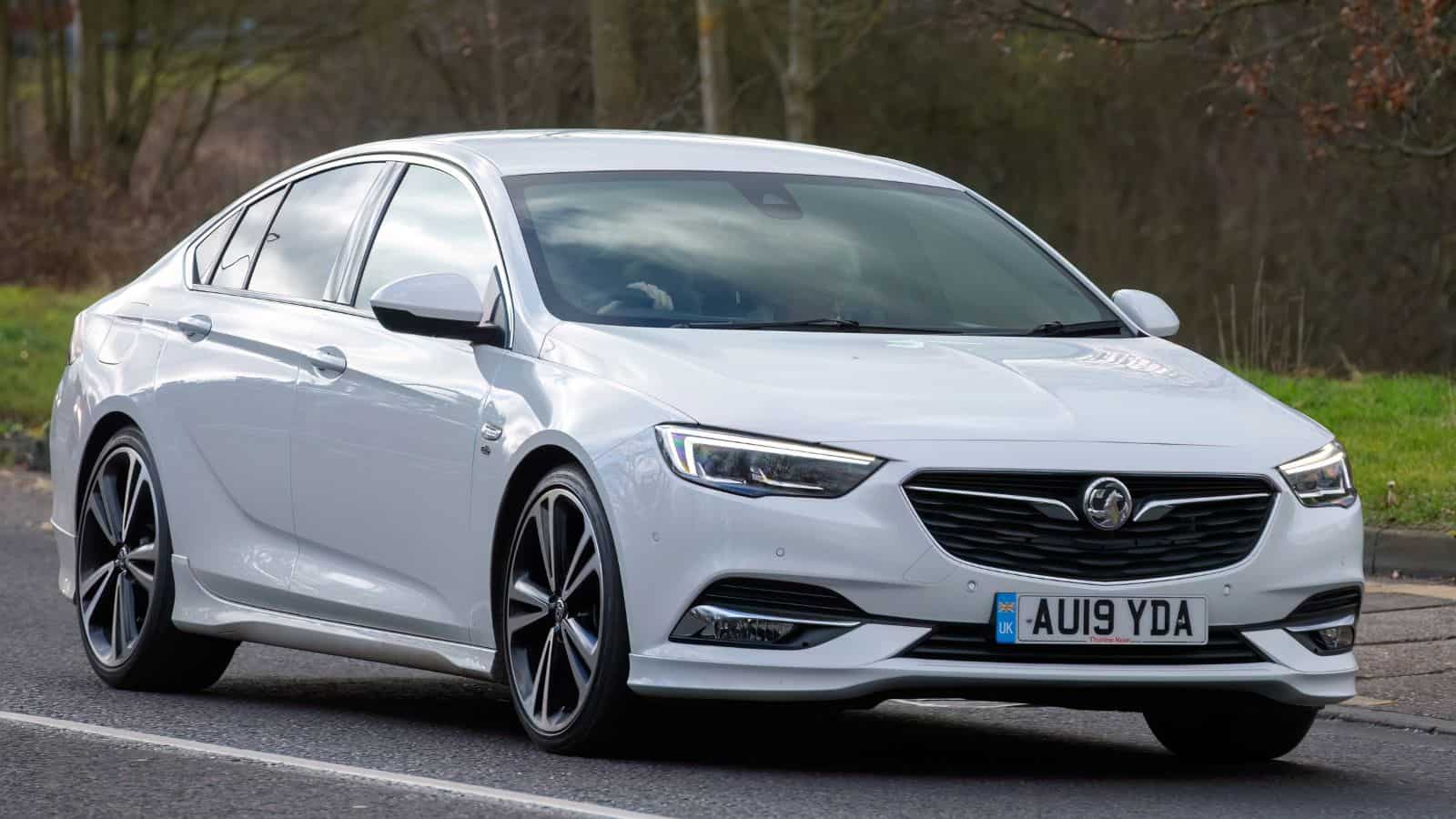
The Insignia is a family sedan made by British manufacturer Vauxhall. It has a comfortable ride and a spacious interior. However, its handling is unresponsive, and the drive is far less engaging than in a Honda Accord or Toyota Camry. You should also consider that the brand was technically discontinued in the U.S. in 2017, which may make servicing and repairs difficult.
Peugeot 208
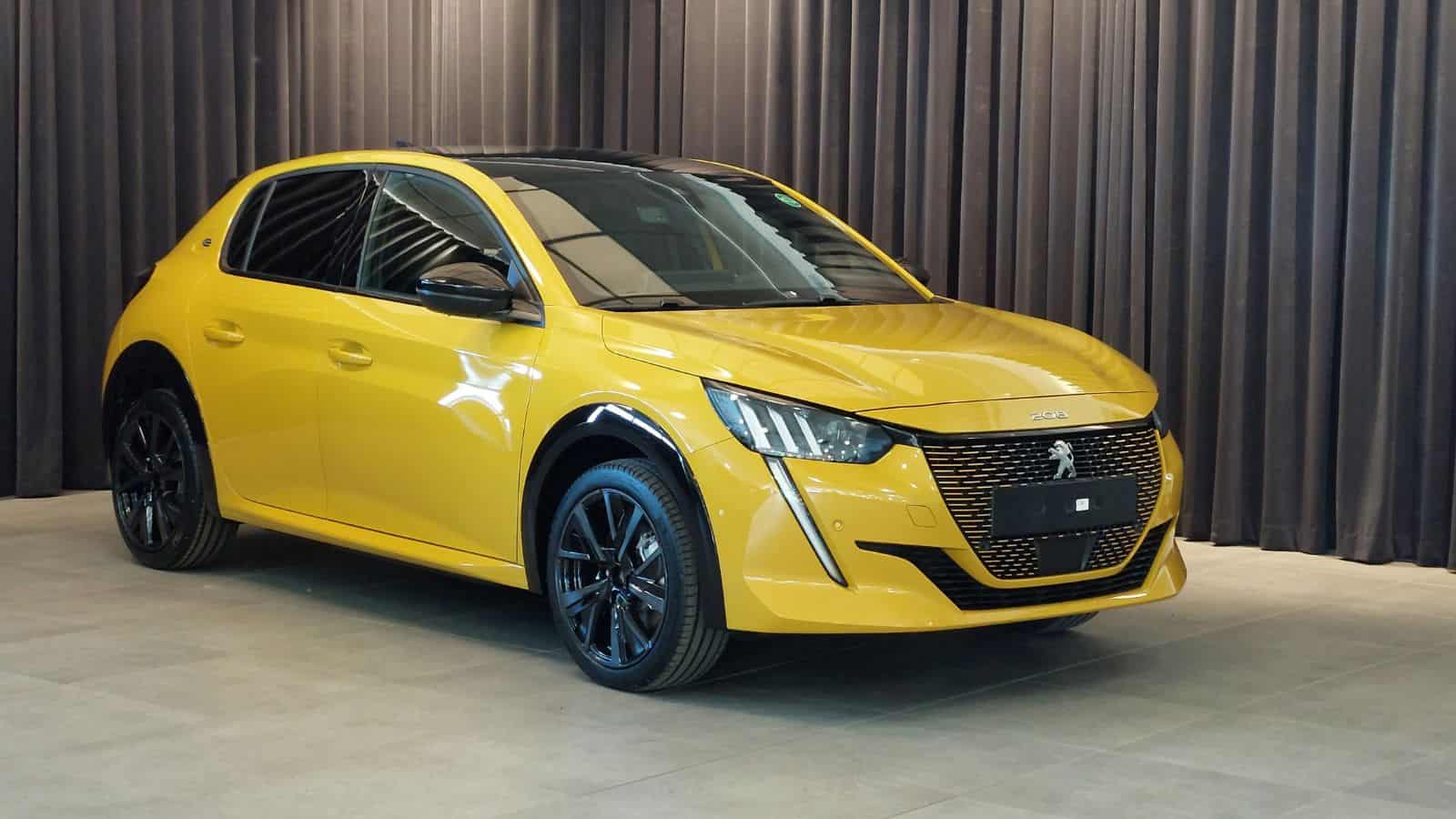
This stylish French-made hatchback is extremely popular in its native Europe—known for being peppy, comfortable, affordable, and easy to re-sell. Yet U.S. drivers are less enthusiastic, complaining that the infotainment system can be frustrating to use, its rear seat legroom is tight for taller passengers, and there are long waits for parts due to limited dealerships.
MG ZS EV
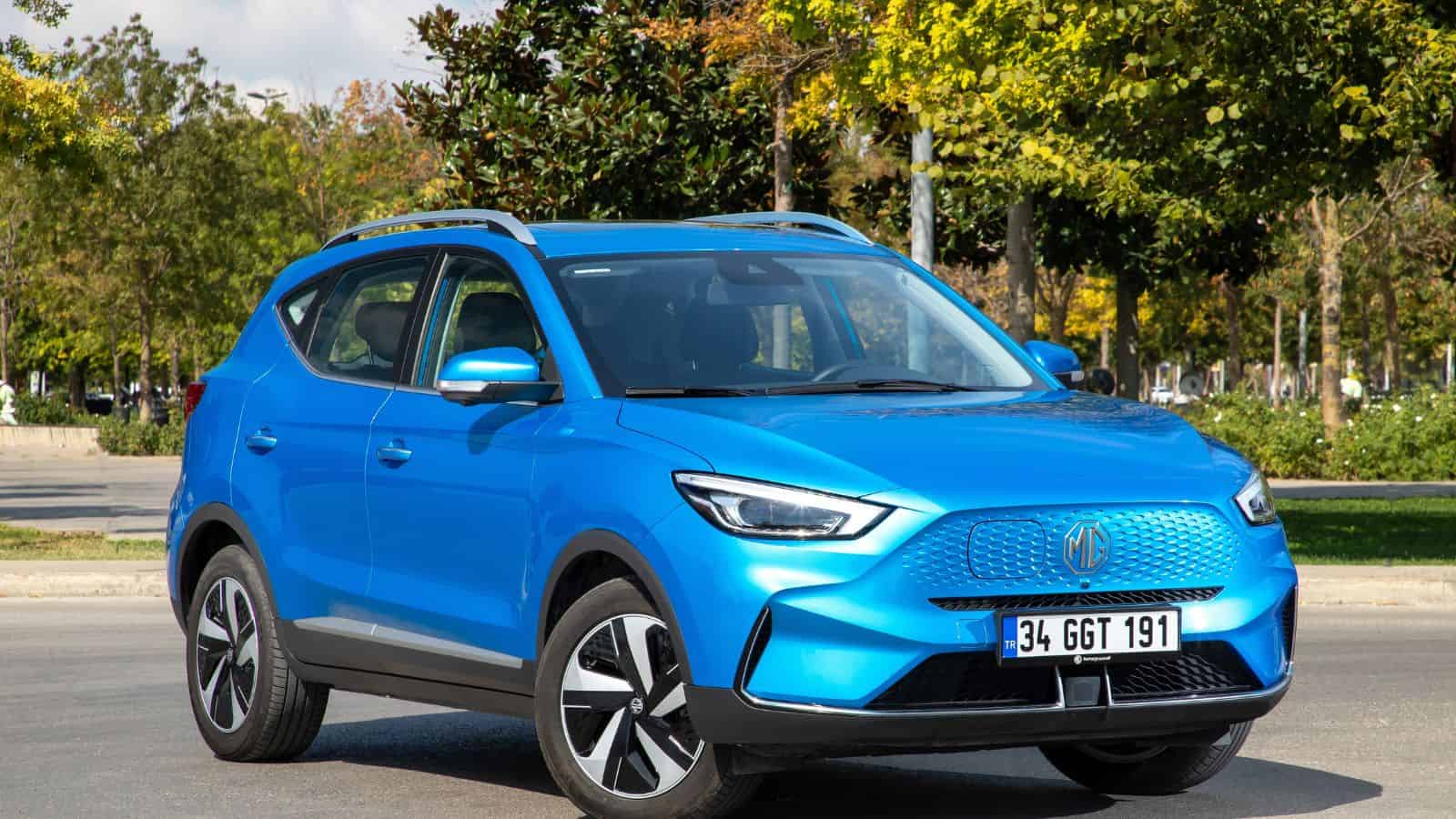
The budget-friendly electric SUV from MG certainly looks the part with a stylish and modern design. Plus, it offers the allure of cleaner, cheaper electric power. But there are far better alternatives on offer in the U.S., with the Chevrolet Bolt EV or Nissan Leaf offering similar economy at the same price but with far better reliability and brand trust ratings.
UAZ Hunter

The first Russian vehicle on our list is the rugged Hunter, a capable off-road SUV designed for harsh, icy conditions. However, the design focuses a little too heavily on utility and lacks refinement or comfort. Few modern luxuries are found in the noisy, poorly equipped cabin, and owners have complained of uncomfortable seats and an overly firm ride. Even if you plan on doing regular off-road trips in the Alaskan wilderness, there are better SUVs available.
Great Wall Poer
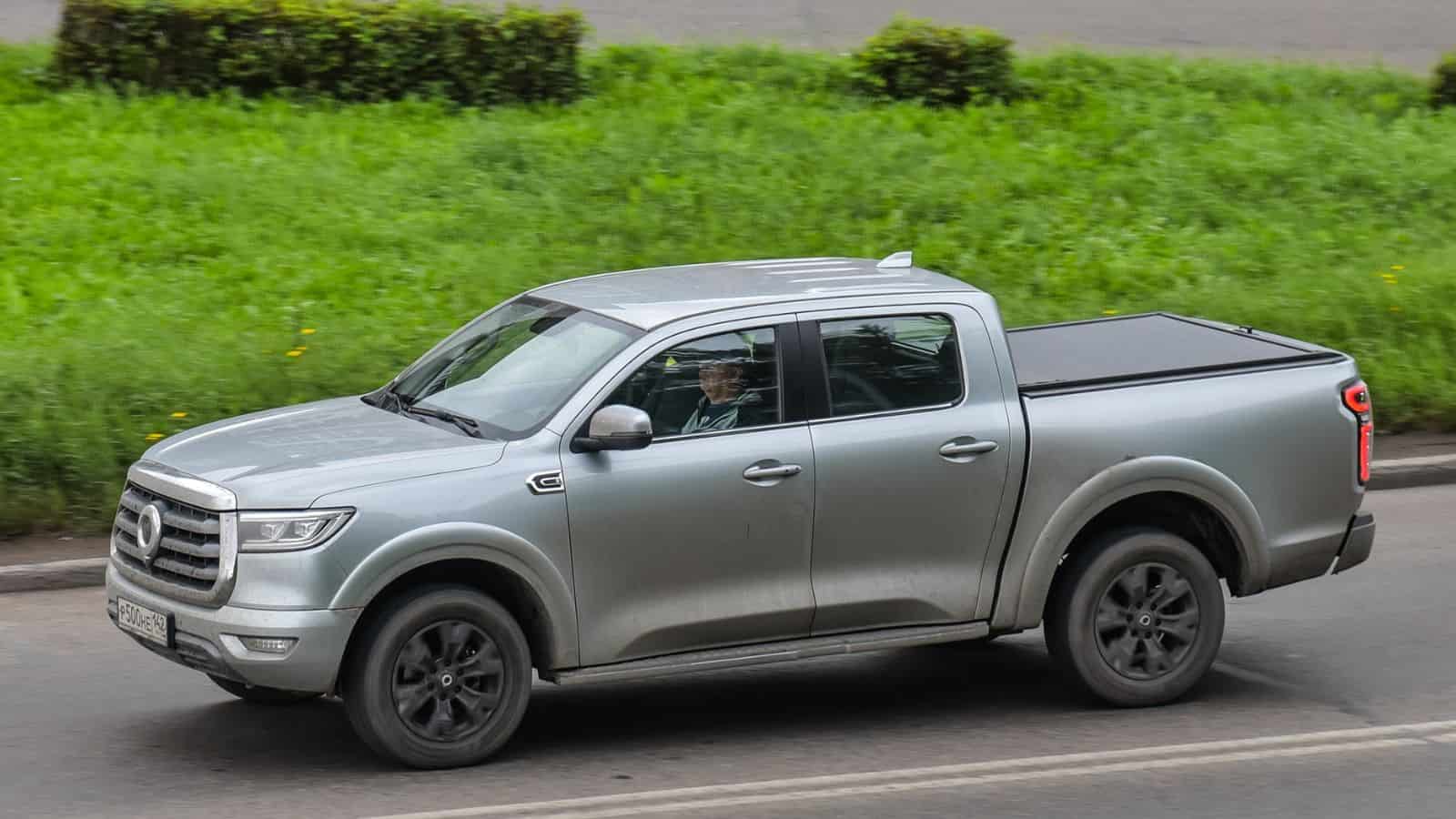
Little-known Chinese automobile maker Great Wall touts its off-road pick-up trucks as powerful, enjoyable to drive, and reliable. But does the truck live up to these claims in the American market? It does have an impressive number of features, but the brand simply isn’t established in the U.S., with unknown reliability, long-term value, and part availability.
Suzuki Alto
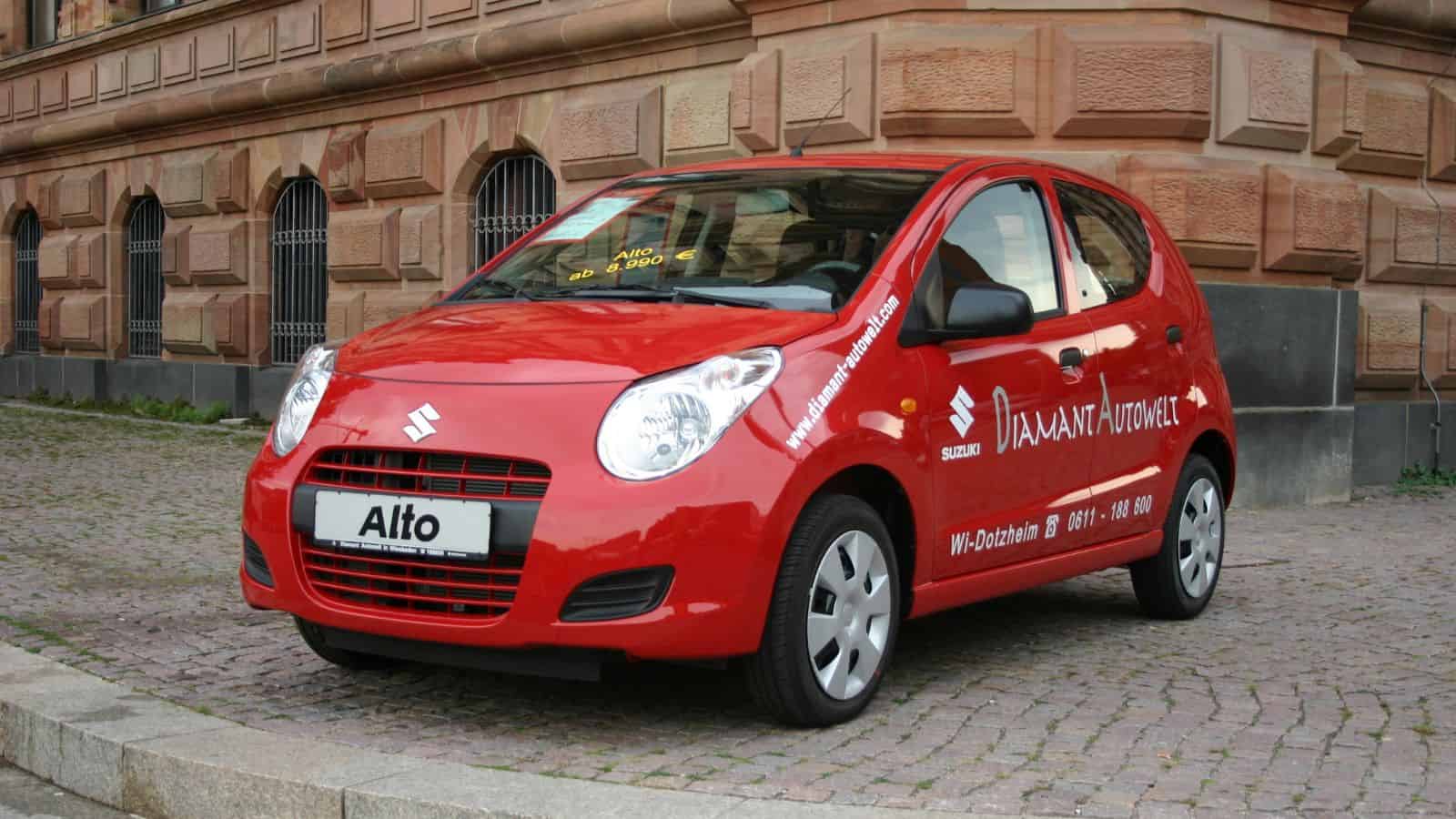
The Alto is known as a ‘kei’ car, a class of tiny, fuel-efficient vehicles that are popular in Japan and aimed at commuters who don’t need a lot of acceleration or space. Yet its tiny size and minimal safety features make it unsuitable for American highways, with a high risk of injury if it collides with larger SUVs or pick-up trucks. It’s really only suitable for slow-moving urban travel.
Holden Commodore
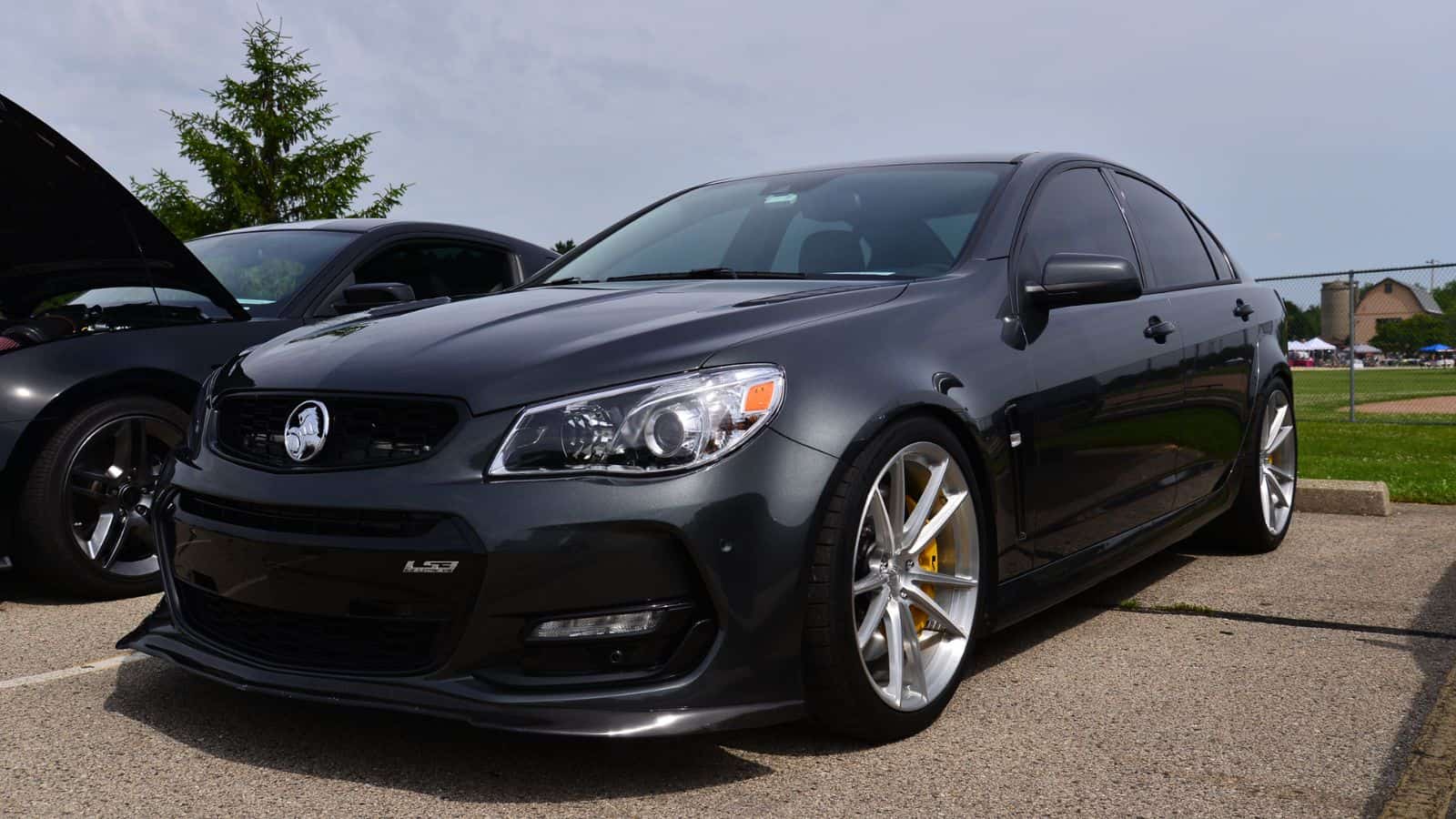
Once a popular muscle car in its home market, the Australian-made Commodore is no longer available as a new vehicle, with the last being sold in 2020. Used models might be tempting for American performance enthusiasts, but you should first consider the availability of parts and the car’s right-hand drive configuration, which might not be ideal for drivers in the U.S.
Mahindra Thar
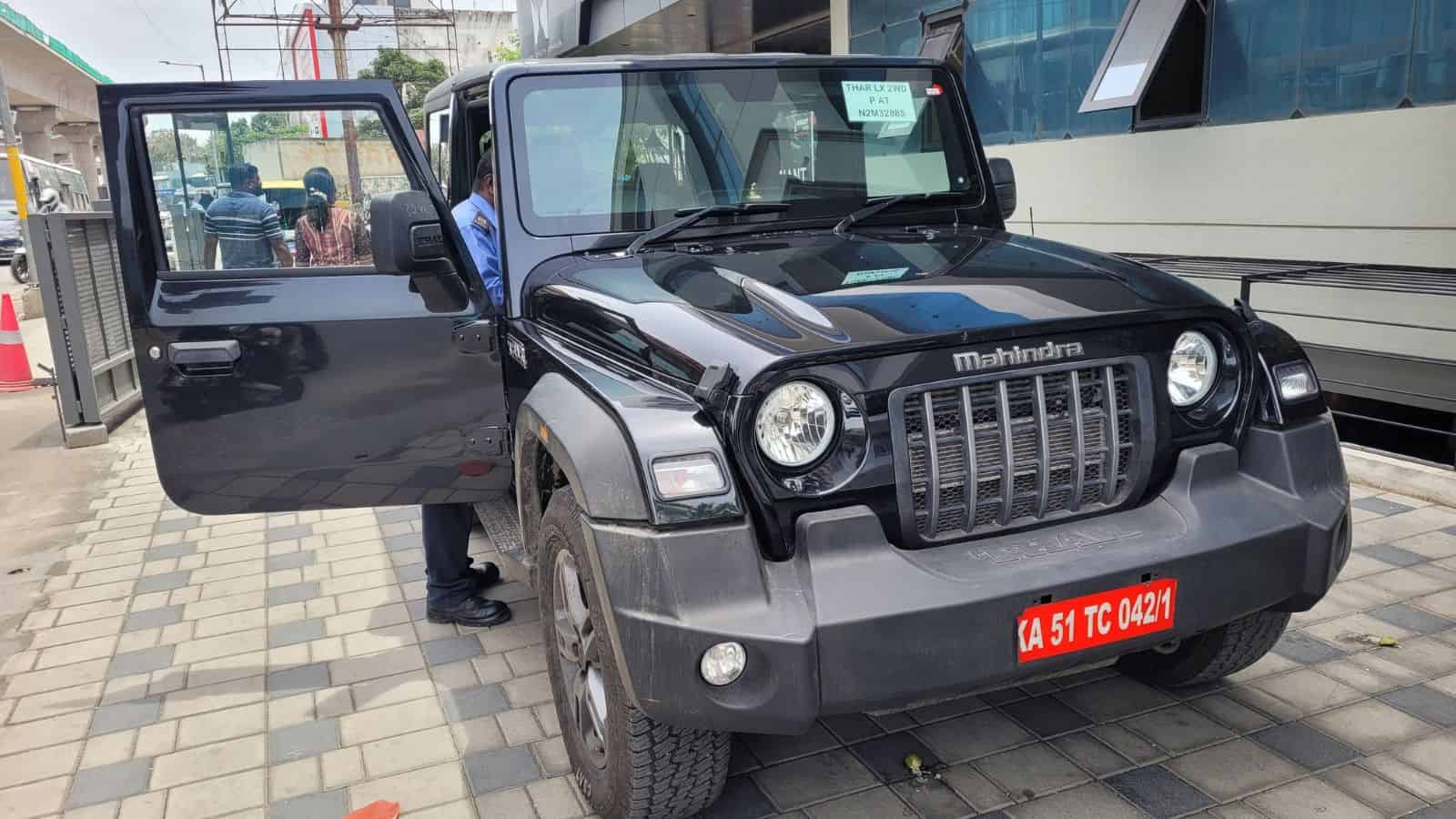
This Indian off-roader is a small, two-door SUV that is certainly affordable and boasts impressive performance on difficult terrain. But you’ll have to sacrifice comfort, safety, and driving experience because the handling, safety features, and interiors are notoriously poor. Plus, it only comes as a two-door variant—not very practical for American families.
Perodua Myvi
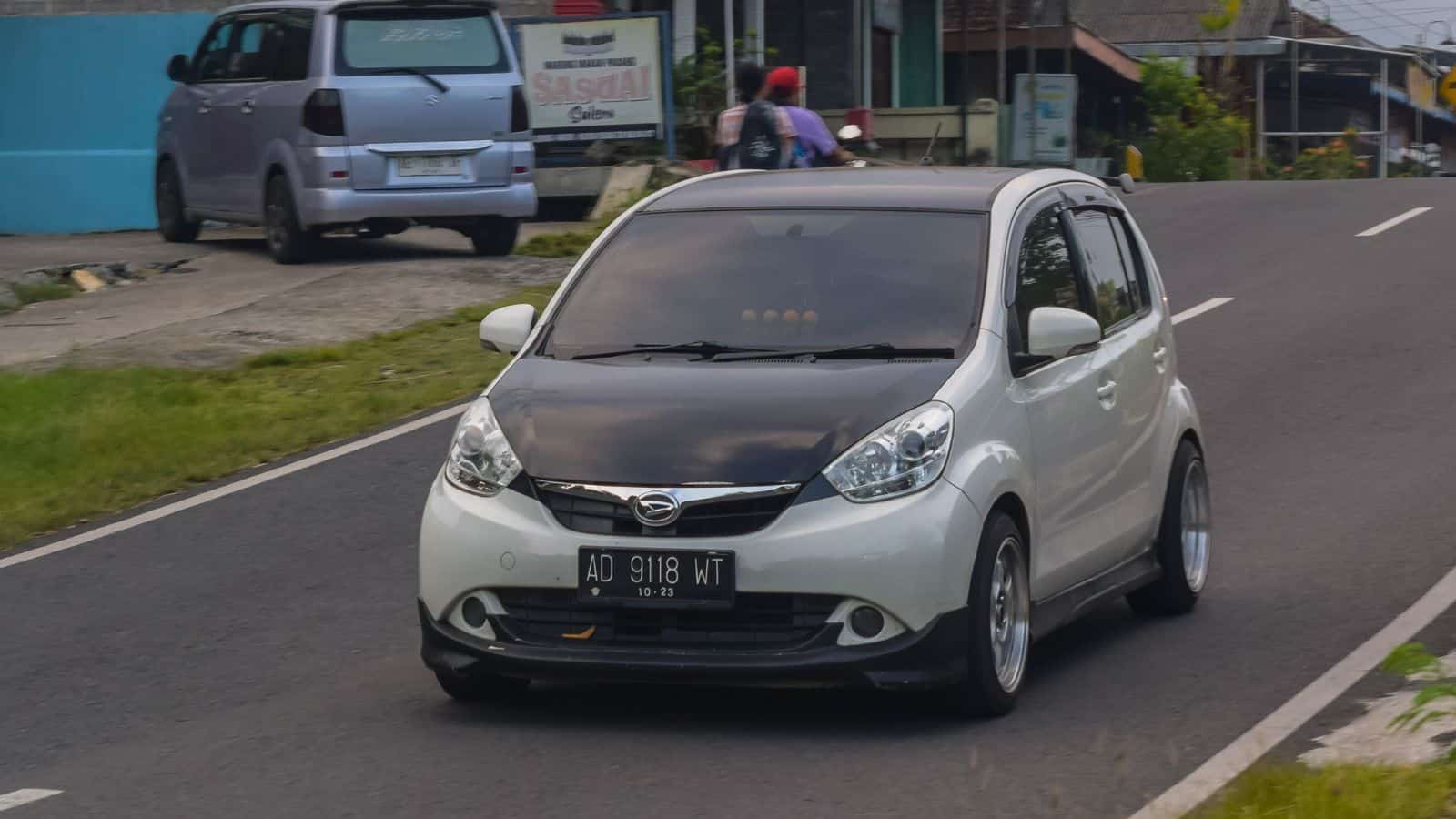
The Malaysian manufacturer Perodua claims that its subcompact hatchback is stylish, economical, and practical. Due to its affordability, it is a popular choice in Southeast Asia. Unfortunately, the engines are lackluster; only the very top-spec models have anything other than very basic features. You’ll also have trouble finding a service center or sourcing parts.
Proton X70
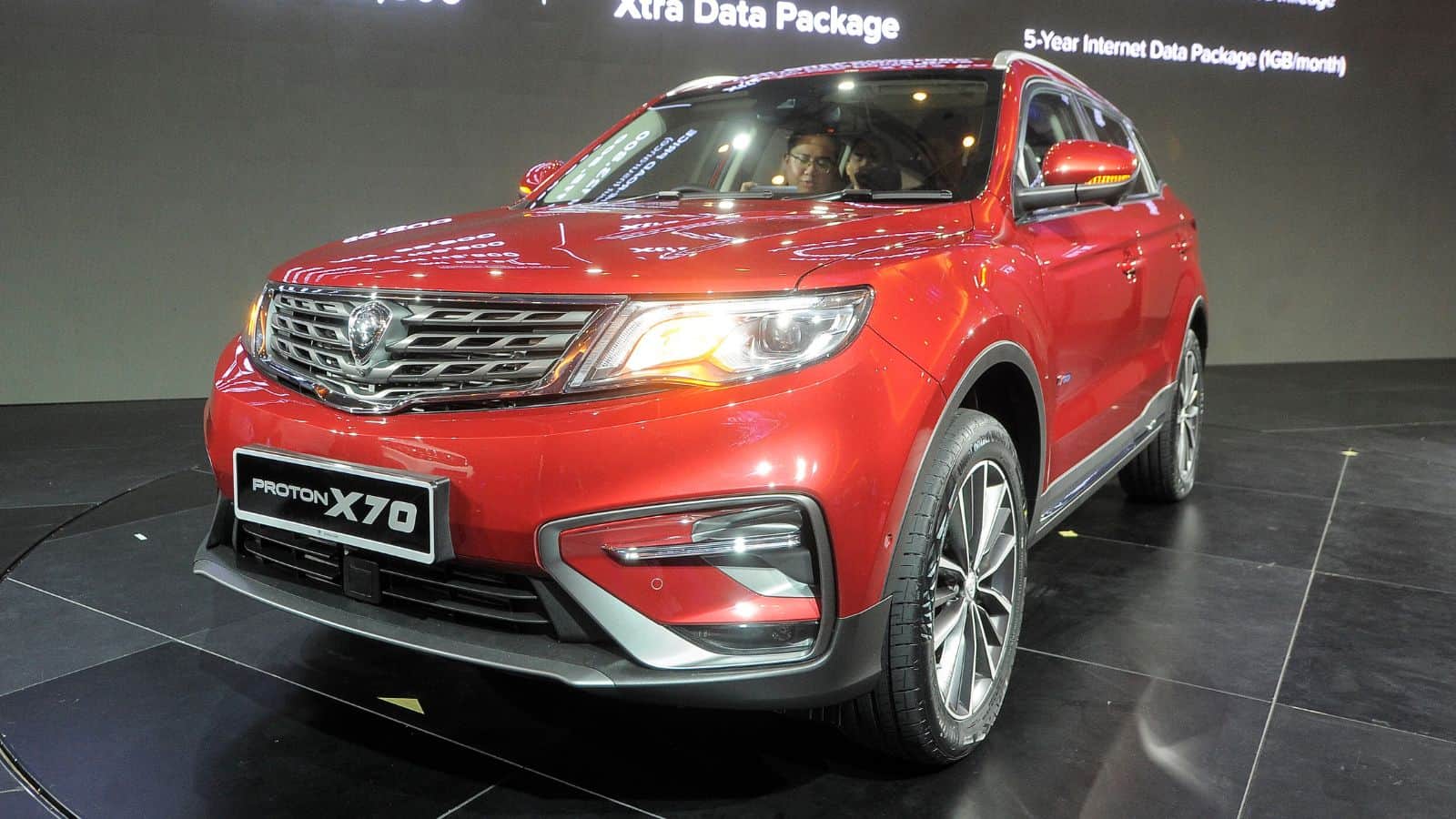
This Malaysian SUV is made by a brand that is virtually unknown in the U.S., raising concerns about reliability ratings on American roads and the availability of parts and dealerships. It does have a stylish design and a comfortable interior for the price, but it is likely to be time-consuming and costly to repair and lose its value rapidly in the American used-car market.
Dacia Sandero
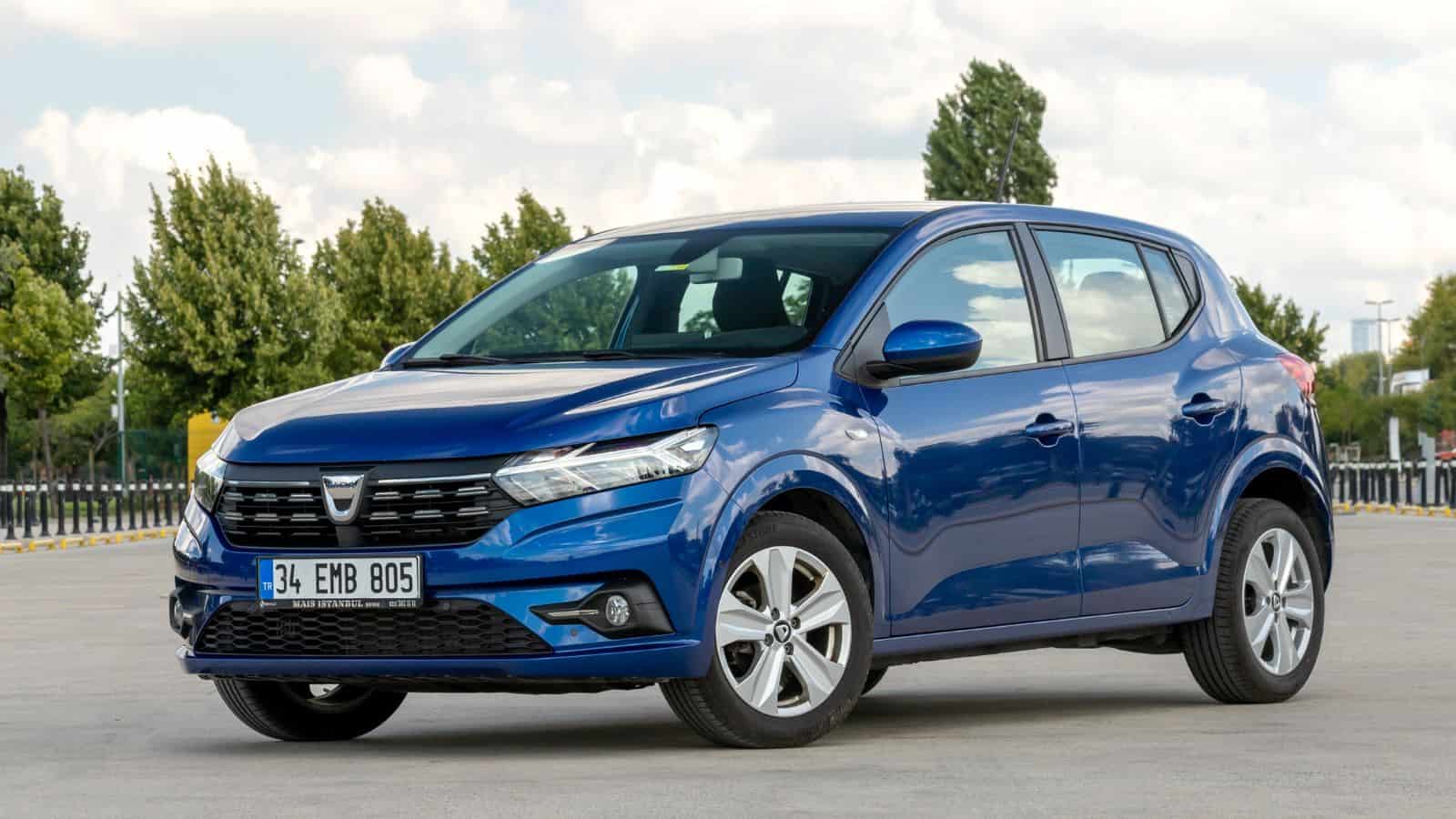
Dacia is a Romanian subsidiary of the French brand Renault, and the Sandero is a collaboration between the two. It’s certainly budget-friendly—a subcompact hatchback with a no-frills approach. However, its spartan interior, tiny size, and lack of modern features are unlikely to impress American car buyers, and its reliability is poor compared to other vehicles in the same class.
Lada Niva
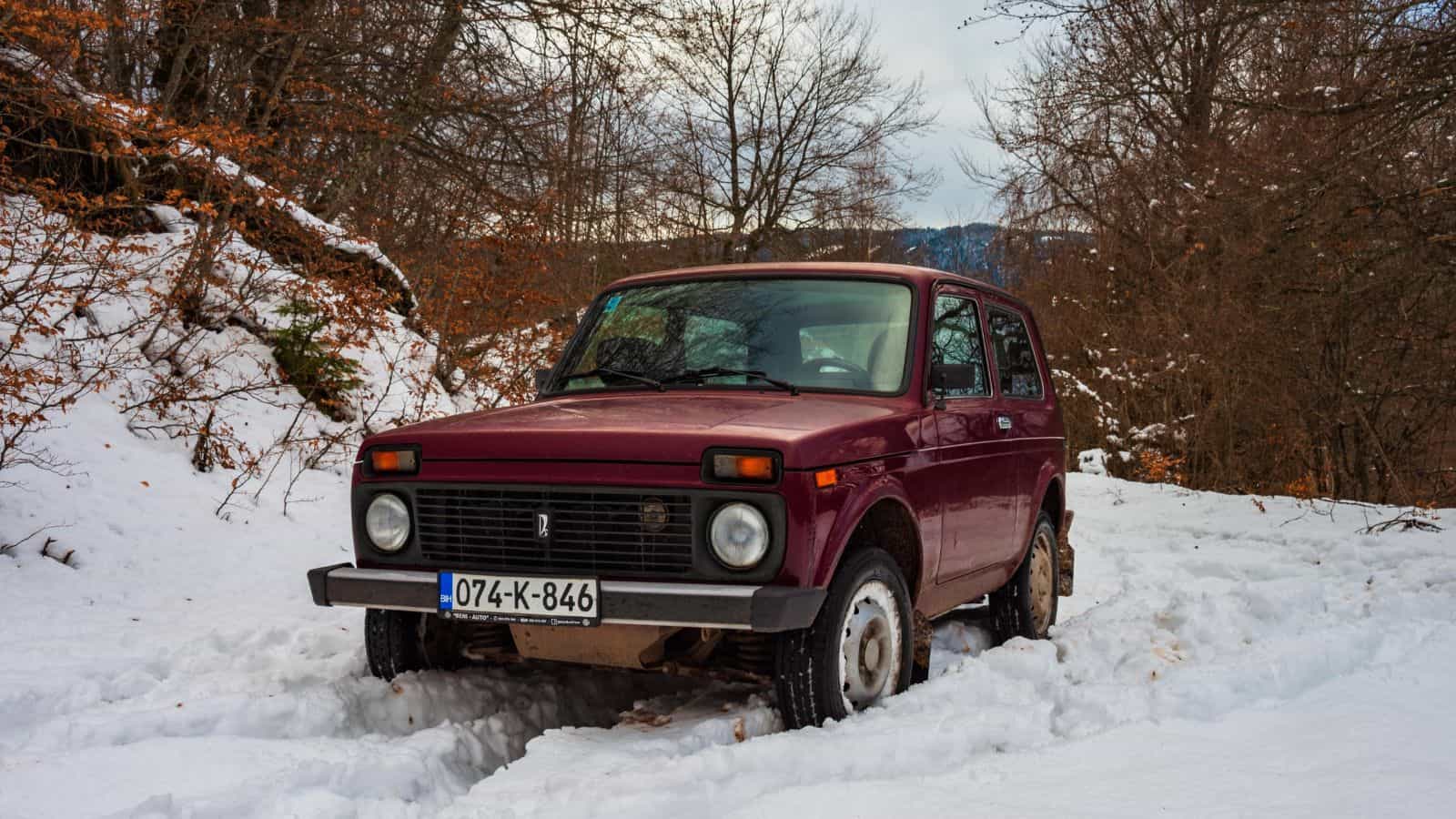
This iconic Russian off-roader is known for its durability and simplicity, meaning that reliability won’t be an issue. But you’ll have to deal with its outdated technology, lack of safety features, and utilitarian design. Most American drivers see it more as a relic from a bygone era than a sensible family car, and the ongoing political situation might make sourcing parts tricky.
MG HS
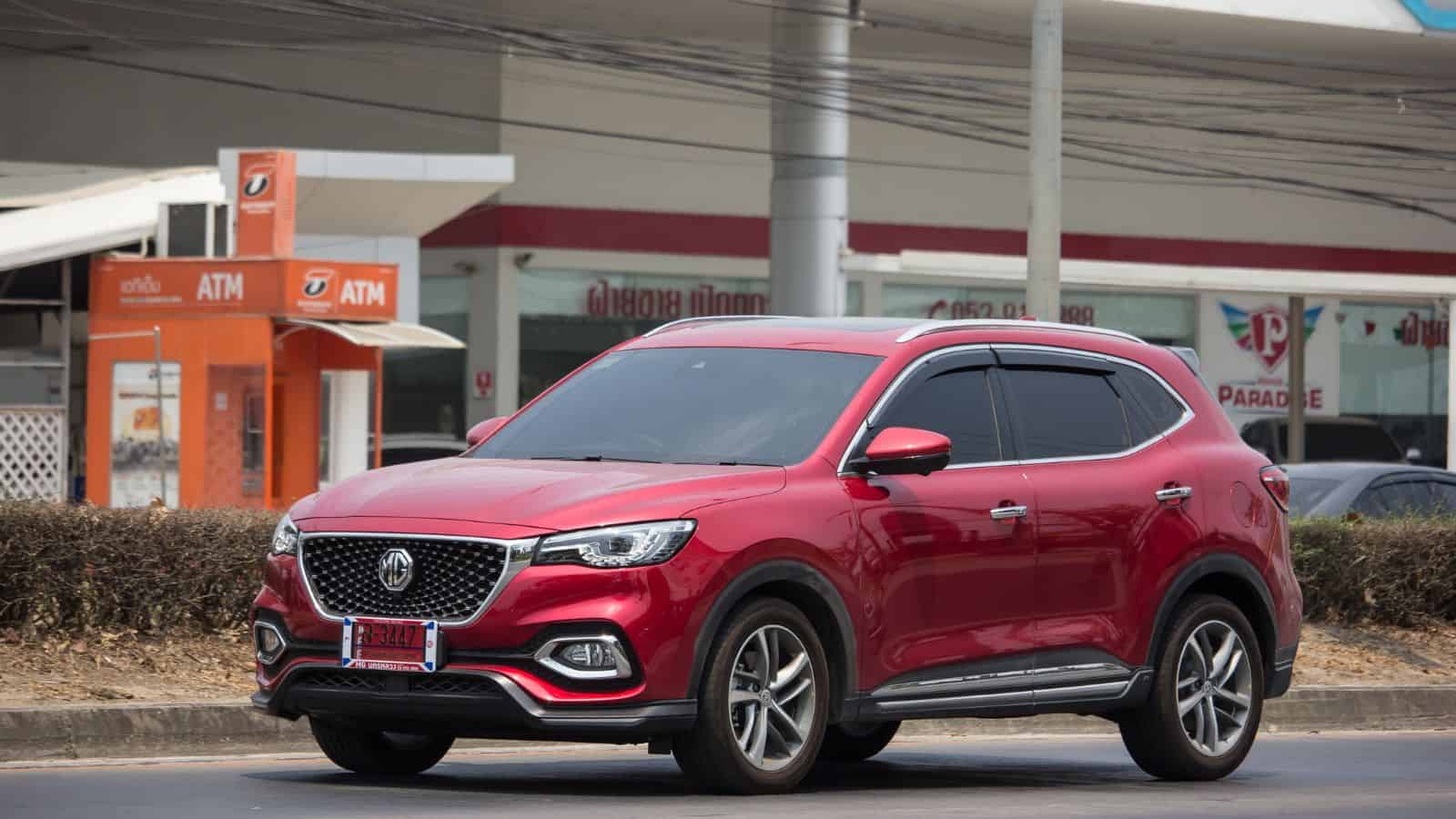
Sure, this SUV looks the part—reminding buyers of a Mazda CX-5 but with a much lower price tag. Features are impressive, and the design is modern, but MG Motors is a relative newcomer in the U.S. market, and its long-term reliability and after-sales service network are yet to be established. Additionally, the long-term quality of interior materials remains to be seen.
Up Next: 18 Reasons Older Men Say ‘Nope’ To Relationships

Older men embrace being alone and generally prefer spending time in solitude. They’ve had a full, so don’t criticize them for being less social! The following 18 reasons explain why older men prefer to be alone and are redefining how they experience their retirement years.
18 REASONS OLDER MEN SAY ‘NOPE’ TO RELATIONSHIPS
18 Most Dangerous Cities in the World (5 Are in America)

Across the globe, there are many places you don’t want to find yourself because of the crimes waiting to occur. Sometimes, even nature can be cruel to you. This is particularly the case in the following 18 most dangerous cities in the world, five of which are in America!
18 MOST DANGEROUS CITIES IN THE WORLD (5 ARE IN AMERICA)
18 Reasons You Feel Like You Don’t Belong Anywhere

Feeling like you don’t belong anywhere can feel incredibly isolating. We need companionship to keep us connected to the world, so if you’re struggling to form relationships and don’t feel that you don’t fit in, here are 18 reasons why that might be.
